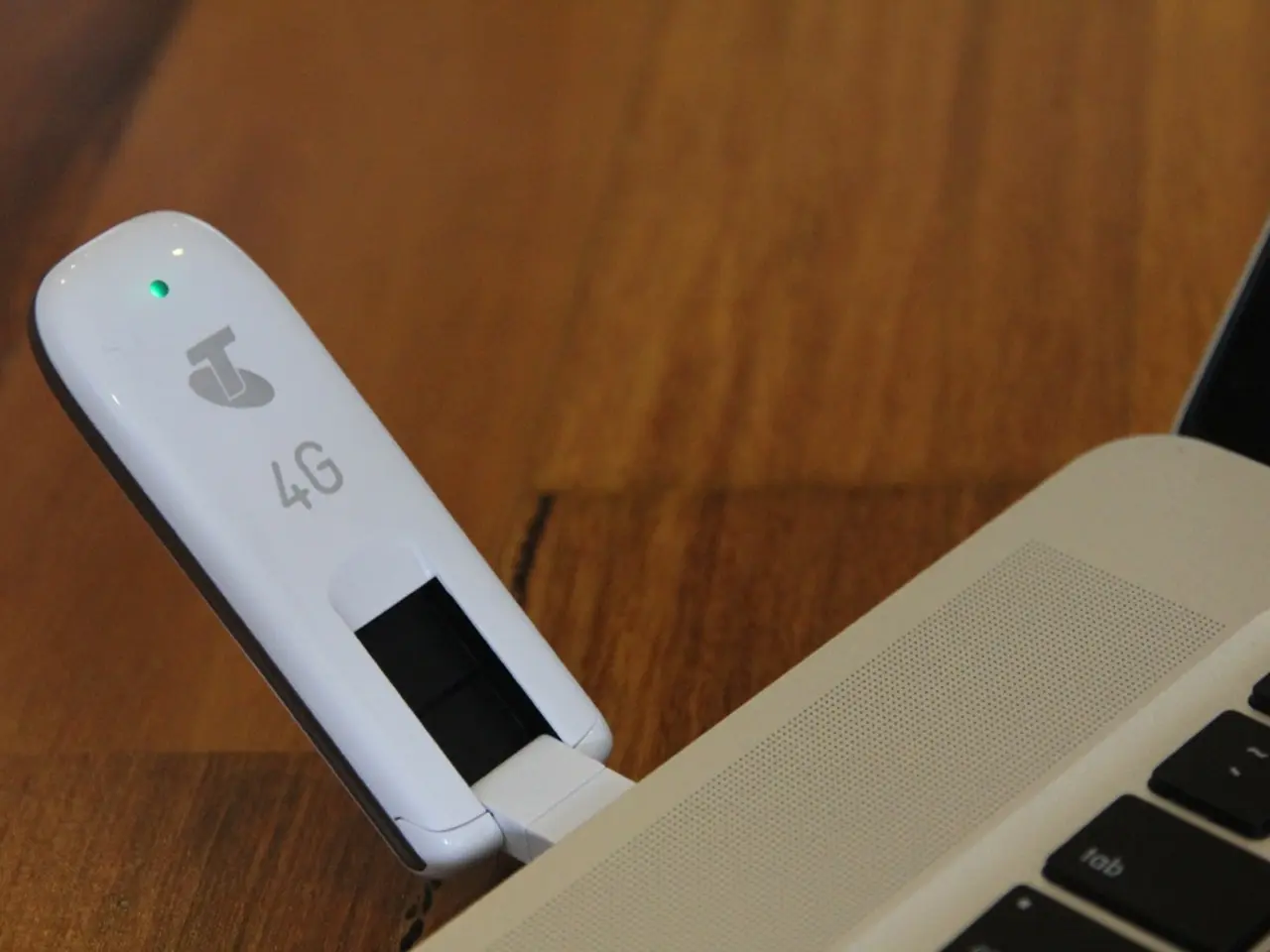Users have been encountering Windows 11 permitting the removal of their GPU, yet there's no need for concern. This action isn't advisable for most users, as it's unlikely to be necessary.
In a surprising turn of events, Windows 11 users have been encountering an option to "eject" GPU devices, a feature that is normally associated with removable devices like USB drives and external hard disks. This issue, while not new, has resurfaced in the latest version of Windows, causing concern and alarm among users due to its potential to cause hardware damage and system instability [1][2][3].
The "Safely Remove Hardware and Eject Media" tool in Windows lists devices that can be safely removed, including, in some cases, GPUs. This unexpected inclusion can lead users to mistakenly eject their GPU, thinking it is a removable device [2]. In certain configurations, such as when using virtual machines with PCIe passthrough, the GPU might be treated as a removable device, leading to the ejection option appearing [5].
Ejecting a GPU while the system is powered on can cause significant hardware damage, potentially leading to expensive repairs or even rendering the GPU unusable [2][5]. Attempting to eject a GPU can also disrupt system stability, potentially causing the system to malfunction or crash [5].
To prevent the option to eject GPUs, users can disable PCIe hotplug or hotswap in their PC’s BIOS settings if available [1]. There is also a registry hack that can disable the ejection option for GPUs, although this requires careful editing of system settings [1]. The simplest solution is to avoid clicking the eject option for GPUs, as it is not intended for internal hardware components [2][3].
Keeping Windows 11 up to date may help resolve any underlying software issues that cause the ejection prompt for GPUs. Windows could also provide clearer warnings or prompts when a critical device like a GPU appears in the eject list, reducing accidental ejections [2].
It's worth noting that when replacing a GPU, it's recommended to use a tool like DDU (Display Driver Uninstaller) to remove the drivers and then install fresh ones, without the need to forcibly eject the GPU [7]. On a laptop, the PC would automatically make use of both integrated and discrete graphics, and the discrete GPU would be disabled if ejected [6]. It's not necessary to actively go around ejecting the GPU, and doing so on a desktop is not recommended [8]. Rebooting the PC would re-enable the discrete GPU.
By understanding the cause of this issue and taking preventative measures, users can avoid potential hardware damage and maintain system stability. This issue serves as a reminder to exercise caution when interacting with system settings, especially when dealing with critical hardware components.
[1] https://www.windowscentral.com/how-disable-safely-remove-hardware-and-eject-media-windows-11 [2] https://www.techradar.com/news/windows-11-gpu-eject-option-should-be-disabled-to-prevent-accidental-damage [3] https://www.pcworld.com/article/3631405/windows-11-gpu-ejection-option-is-terrifying-and-could-damage-your-pc.html [4] https://www.tomshardware.com/news/windows-11-gpu-ejection-option-freaks-out-users [5] https://www.pcmag.com/news/windows-11-lets-you-eject-your-gpu-heres-how-to-disable-it [6] https://www.laptopmag.com/windows-11-gpu-ejection-option-explained [7] https://www.howtogeek.com/368363/how-to-uninstall-your-graphics-card-drivers/ [8] https://www.makeuseof.com/windows-11-gpu-eject-option-scares-users-heres-how-to-disable-it/
- Windows 11 users have experienced an issue with the "Safely Remove Hardware and Eject Media" tool, listing GPU devices, causing potential hardware damage and system instability.
- The tool's unexpected inclusion of GPUs can lead users to mistakenly eject their GPUs, thinking they are removable devices.
- Ejecting a GPU can cause hardware damage, potentially leading to expensive repairs or system malfunction, and it's recommended to prevent such actions.
- Users can disable PCIe hotplug or hotswap in their PC’s BIOS settings, disable the ejection option for GPUs via registry hack, or simply avoid clicking the eject option for GPUs to prevent potential damage.
- Keeping Windows 11 updated may help resolve software issues causing the ejection prompt for GPUs, and Windows could provide clearer warnings or prompts to reduce accidental ejections.
- On a laptop, the PC would automatically manage the use of integrated and discrete graphics, and ejecting the discrete GPU wouldn't be necessary or recommended.
- It's important to understand the cause of this issue and take preventative measures to maintain system stability, caution should be exercised when interacting with system settings, especially when dealing with critical hardware components like GPUs.




